By Peter Suciu
Almost as long as there have been history buffs there have been scale models. Toy soldiers have been popular among children for hundreds of years, but it was the introduction of specialized military vehicles that really gave birth to scale models after World War I. These tin miniatures, however, along with ones of cast iron and even ceramic, mostly appealed to toy collectors, because they weren’t especially detailed or realistic.
But after World War II the introduction of plastic saw the birth of the hobby of model building, and virtually every military craft was represented, from massive battleships and tanks to combat airplanes. During this same period, high-quality die-cast miniatures began to appear with greatly improved detail.
Eventually, miniatures fell into three genres. First were ones unassembled and unpainted, and depending on your time and skill you could either put them together in the most basic sense or go all out and provide realistic paint schemes, even adding “battle damage” as you saw fit. This in turn led to the creation of dioramas that represented a scene from the past. Additionally, some collectors preferred to leave the kits sealed and preserved as an unassembled model in the original packaging. As with other toy collectibles, old models in their original packaging can fetch a high price from collectors.
Second were the aforementioned diecasts, which were usually reserved for smaller scale vehicles with less detail. These were usually expensive and meant to be display items; they have become highly prized today.
Third were the rudimentary plastic toys that lacked detail and also didn’t carry the higher price tags of the diecasts.
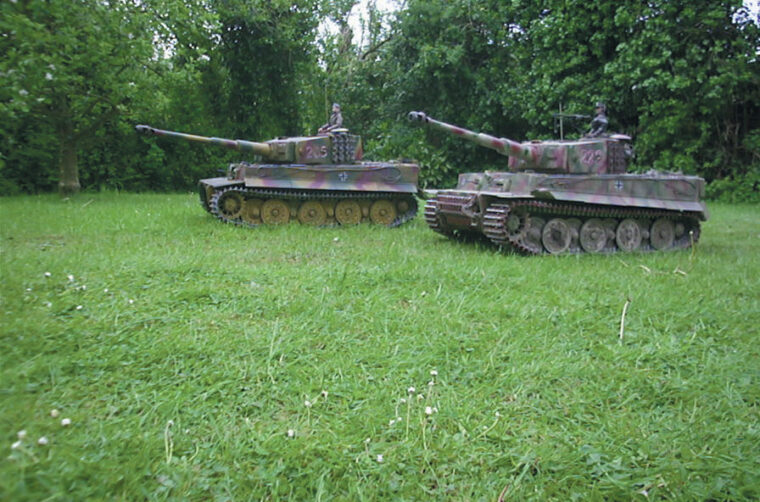
Miniatures on the March Again
During the past decade miniatures in general started to lose their popularity and model kits became harder to find. The popularity of other toys meant fewer youngsters were getting into miniatures, and a decline in interest in the products led to lowered production. In the past couple of years, however, there has been a turn-around, and miniatures of all shapes and sizes are as hot as ever. There is one notable exception, however: Unassembled model kits, especially of the historical variety, are still slowly fading away like old soldiers. This is no doubt due to competition from other miniature categories, including science fiction and fantasy, but there are other reasons as well.
“Kids have more choices today,” says Dave Gerardi, senior editor of Playthings Magazine, the toy industry trade publication. “Model-building skills take time to develop.” He says that TV, video games, and the like have replaced model building as a hobby for children, but adds that other miniatures are actually filling the void. “We’re seeing manufacturers offering more ‘easy-build’-type kits instead. The hope is that the easy kits are able to draw a younger customer base to help the skill-building process.”
Additionally, companies that entered the scale action-figure arena with their detailed soldiers have slowly tested the water by releasing highly detailed plastic models that are pre-assembled and ready for play or display. With reasonable price tags, vehicles from 21st Century Toys fit the desire for both affordable toys with which to play and the exceptional detail that collectors expect. The company’s line of 1/18-scale vehicles includes Panther and Sherman tanks as well as P-51 and Me-109 aircraft, plus infantry troops that can be used for detailed dioramas—or an invasion of the living room.
Diecast vehicles have also added a challenge to the model-building community, in part because the detail has become so much better. Also, since the introduction of Internet and catalog sales the items are more affordable and obtainable. Previously only specialty retailers and upscale toy shops carried diecast miniatures, but now these vehicles are accessible online. Marc Dultz, owner of the Internet retail site The Motor Pool, suggests that the rising popularity of diecast could be further explained by the advantages of traditional model kits.
“To begin with, the detail on some of the new diecast introductions is amazing, rivaling in many instances anything a veteran model builder can create from a scratch-built kit,” explains Dultz, whose site specializes in highly detailed products. “Second, there’s the time element to consider. Most of today’s model builders simply do not have the time to build and paint a vehicle from scratch. Third, there’s price. Because most of today’s diecast products are made in Pacific Rim countries, we can retail them at affordable prices. All in all, it’s a win-win situation for both the model-building community and avid military collectors.”
That price issue is not one to be taken lightly. Years ago, as Dultz emphasizes, diecast vehicles were made almost exclusively in Europe, with the majority from England and France. The switch to manufacturing in Asia, primarily China, has allowed costs to drop dramatically and thus higher detail and more affordable products are being released and in greater numbers.
The other reason for the resurgence of miniatures seems to coincide with the interest in World War II. Moreover, the continued growth of the reenactor community has helped spur interest in scale vehicles. New York-based World War II reenactor Bernard Delgado says he knows people who are buying real jeeps, but because this is not generally an option, many others are collecting smaller recreations of the real thing as an evolution of the reenacting hobby. “As collectors become more and more satisfied with the quality of individual soldiers, they turn to the next stop for their displays and dioramas,” he says, meaning vehicles and airplanes. Delgado, who often takes the role of a combat photographer, adds that there is a nostalgia element. “They can buy the things their parents denied them, or gave away while they were at college.”
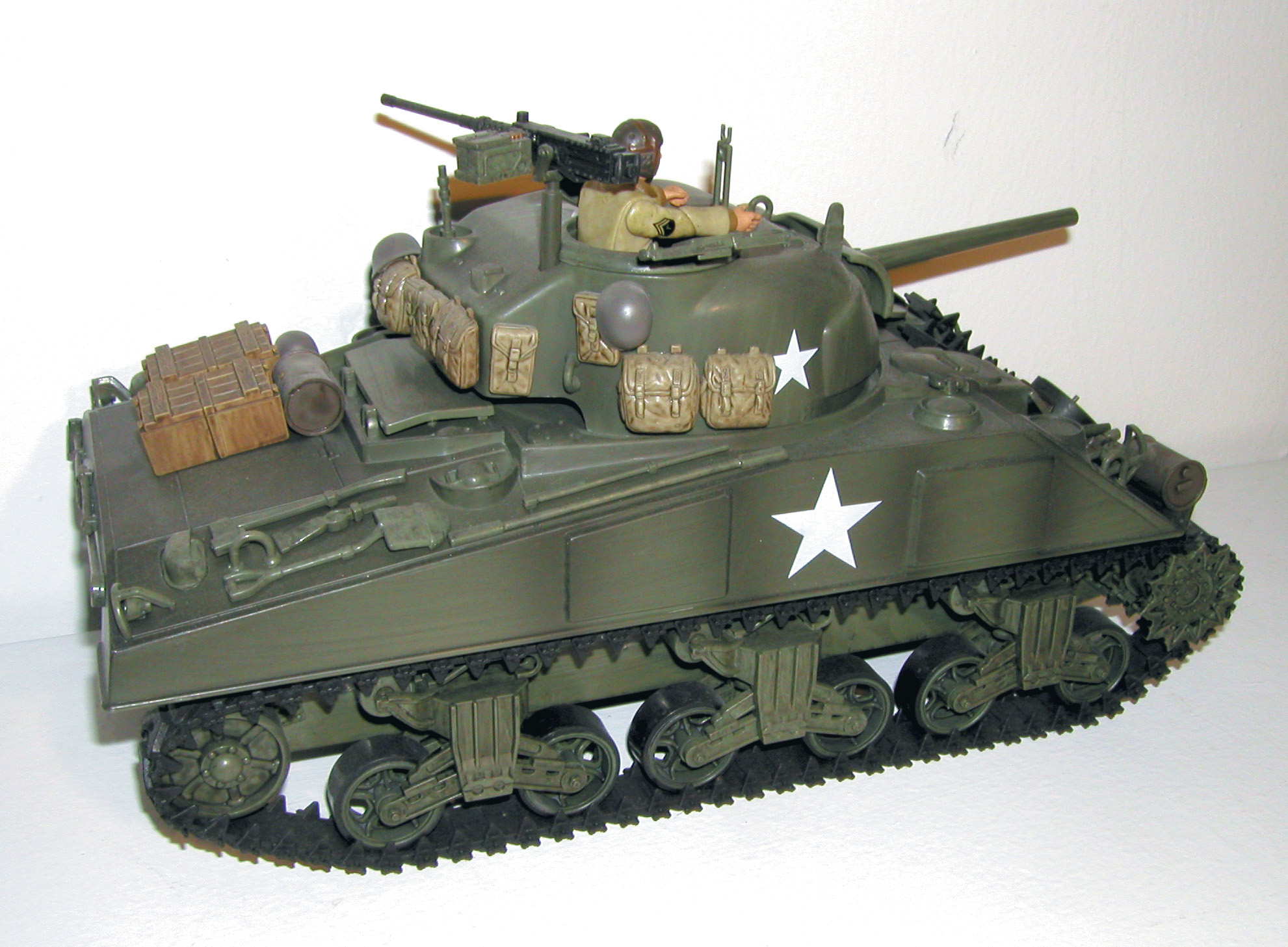
Taking Control of the Vehicle
The notable improvement of today’s miniatures is that they offer radio-control abilities previously unheard of. The current generation uses more precise computerized controls, and as a result performs much better than miniatures of the past. The results have actually led to a cottage industry of experts who will custom-build vehicles to a buyer’s specifications. Additionally, miniaturization of the electronics has meant that vehicles of all shapes and sizes can be created.
Hong Kong-based Dragon Models, a company that leads the market for their 1/6-scale action figures, recently introduced a line of 1/72-scale Tiger tanks. Although small in size, these radio-controlled (R/C) tanks are high on features and include a well-detailed chassis and turret, even cables and tools. The tanks are factory painted with authentic camouflage schemes and markings, with patterns for both the Eastern Front and Sicily available, as well as highlights and weathering. A five-minute electrical charge will give would-be tank commanders 15 minutes of battle time.
Larger miniatures are also available. Popular are 1/8- and 1/6-scale vehicles—which as the size suggests can be large and heavy, often over a hundred pounds. With prices well over $1,000, these probably aren’t in everyone’s budget, but they are impressive. Generally these are ordered and are custom-built.
Currently tanks of this scale are assembled and painted by a relatively small group of dealers. Moreover, some dealers have even taken the role of middlemen, taking custom orders domestically and then importing the finished product from Russia. David F. Lawrence, whose company goes by the name Armor Group South, works on contructing tanks with partners in Europe, from where they are shipped directly to the consumer. He has seen a steady base of buyers who already enjoy modeling armored vehicles and now has discovered the appeal of remote-controlled tanks in the 1/6 scale.
“They really like the thought of customizing the model to their own taste with camouflage paint and weathering techniques they honed on the smaller scale models,” says Lawrence. He adds that quality is one of the issues that has made collecting these larger vehicles so desirable, but he doesn’t believe it is necessarily the driving issue. “What excites collectors is the size of the vehicles and the fact that they are remote controlled. No other toy manufacturer is offering anything on this scale that can be controlled by radio.”
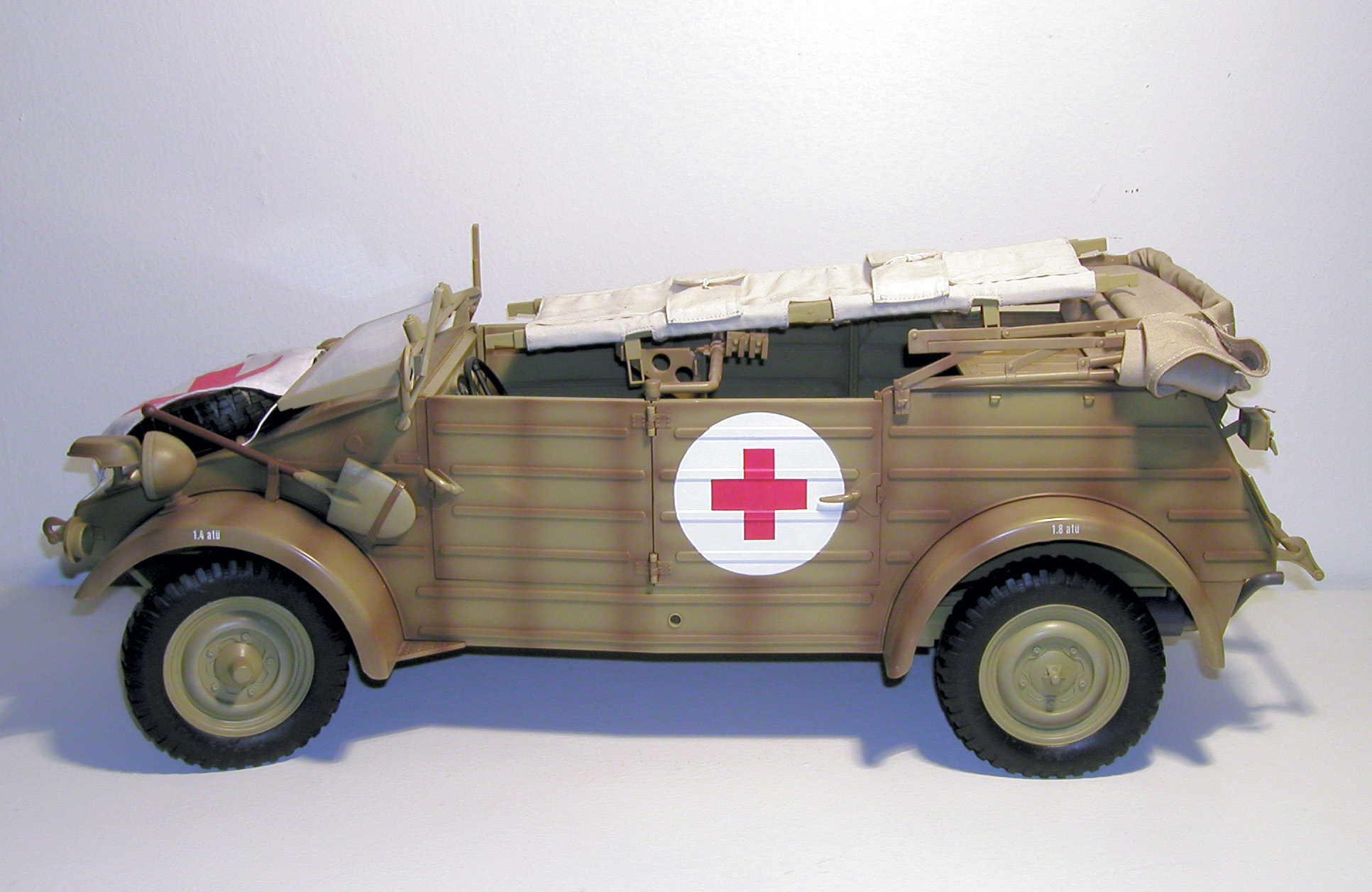
Collectibles Worthy of a Parade or Display
No matter what the scale, collecting miniature vehicles can be an expensive hobby. But today at least there is little concern over “fakes” when it comes to purchasing new products, although collectors do need to be on guard for poor-quality imitations of the more expensive items.
Dultz reports a growing cottage industry that upgrades or changes many of the diecast metal vehicles offered by mainstream producers. “These after-market houses are all around the world,” Dultz explains, “and will generally produce limited numbers of truly unique vehicles that are simply not available from the larger companies.” He notes how a standard German Mk IV medium tank might be turned into a Wirbelwind flak gun by replacing the original turret with a high-quality resin superstructure. “I’m oftentimes amazed at some of the designs they’ve been able to replicate,” he says.
Prices for a standard 1/43- or 1/50-scale military vehicle average $20 to $30, but after-market versions might sell for $150 or more. Older vehicles produced in the late 1960s, the first heyday of diecast miniatures, may command much higher prices, especially, adds Dultz, if the examples are in mint condition and packaged in their original box.
World War II German and American tanks lead the charge when it comes to collectible miniatures in the smaller scales, but the more modern Russian T-90 and M1 Abrams seem to be the armor kings in the 1/6 scale. Lawrence says he gets more requests for these modern armored beasts, possibly to use with the modern figures from Dragon and 21st Century Toys.
As mentioned, both of those action figure manufacturers have introduced a limited number of 1/6-scale products. 21st Century has released a German motorcycle and sidecar as well as the go-anywhere Schwimmwagen but, as with their figures, detail is lacking and requires a bit of end-user work to give it an authentic look. Dragon, meanwhile, has turned its attention to 1/72 R/C Tigers, but the company did release two versions of the infamous German Kubelwagen, including a tan-colored ambulance. Collecting 1/6-scale vehicles isn’t as expensive as attempting to purchase the real deal, but it does require some space, especially with a few troops nearby to make your tank look all the more impressive.
Miniatures Take to the Air and Head Out to Sea
One downside to R/C land vehicles is that they really don’t do all that much—and they certainly don’t engage in combat. For drama, there is an entire hobby based on R/C aircraft, some of which have wingspans of over a hundred inches. They require a lot of skill, as well as a great deal of maintenance, but seeing a 1/8-scale B-25 take to the air is an impressive sight. If space is an issue, bbi of Hong Kong has come up with a solution that provides the detail but doesn’t require the space. The company’s 1/6 F-15C Eagle cockpit features a light-up instrument panel and even a removable ejector seat, yet is compact enough for a desk or shelf display. R/C aircraft would take up another article entirely.
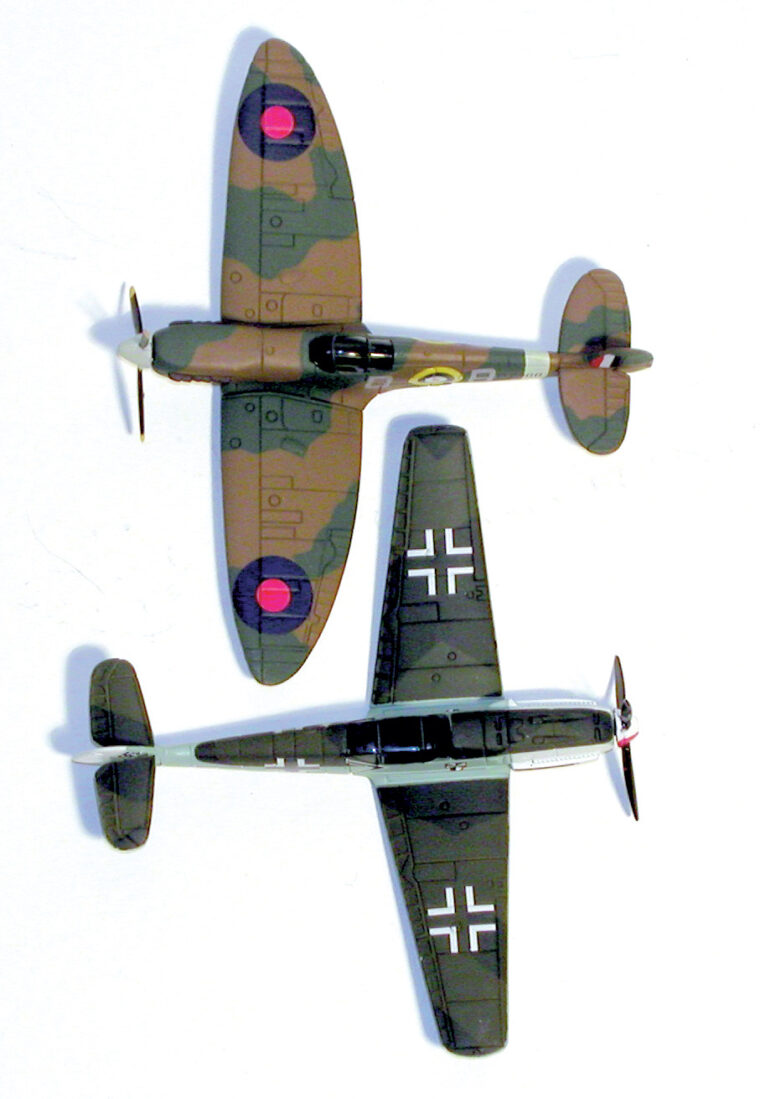
For naval-simulation fans there is also a growing hobby that focuses on miniature warships that can be used in actual fleet-based combat. These kit-based products do require the would-be admiral to actually build his ships, but as with other miniatures there are ways to lay down money instead of laying down a hull. In addition to radio-control receivers and engines, these vessels, which can cost more than $700, include a BB cannon system to simulate the massive deck guns, as well as bilge pumps to keep the ship from going rapidly to the bottom.
Much of this hobby involves building highly detailed ships and then heading to competitions that involve organized combat, complete with admirals overseeing the action.
“The competitions are usually held in shallow water,” explains Steve Milholland, owner of Swamp Works, an online retailer of a mail-order business devoted to the hobby of naval scale-model combat. “In the 20 years that I’ve been involved with this hobby I’ve heard of maybe two ships that were unrecoverable.”
If you are thinking about getting into this specialty, don’t expect to buy the biggest ship and come out the victor—you are more likely to go down faster than the Hood. Milholland advises sticking to the smaller and more agile cruisers, which have the added benefit of costing significantly less than the $1,200 kits for a large Missouri-class battlewagon.
Another ship to stay away from is the aircraft carrier—especially because aircraft are not much present in this sport anyway. “Rules do allow aircraft carriers,” says Milholland, “but they don’t factor into the game much. They are sort of built as targets.”
Tilting the Scales
As with any military collectible, miniatures appeal to an acquired taste. But they are a fairly inexpensive way to experience history that books and movies don’t allow. You can pick up a model and see the detail. Even pushing a tank across the table or a diecast plane through the air will give you a sense of motion that makes it all come alive.
Playthings’ Gerardi adds that, as with any collectible, miniatures are a way for people to communicate their desires and personalities to others. “If you have scale replicas of every Panzer that fought in the Blitzkrieg, that says something about your taste for military history.”
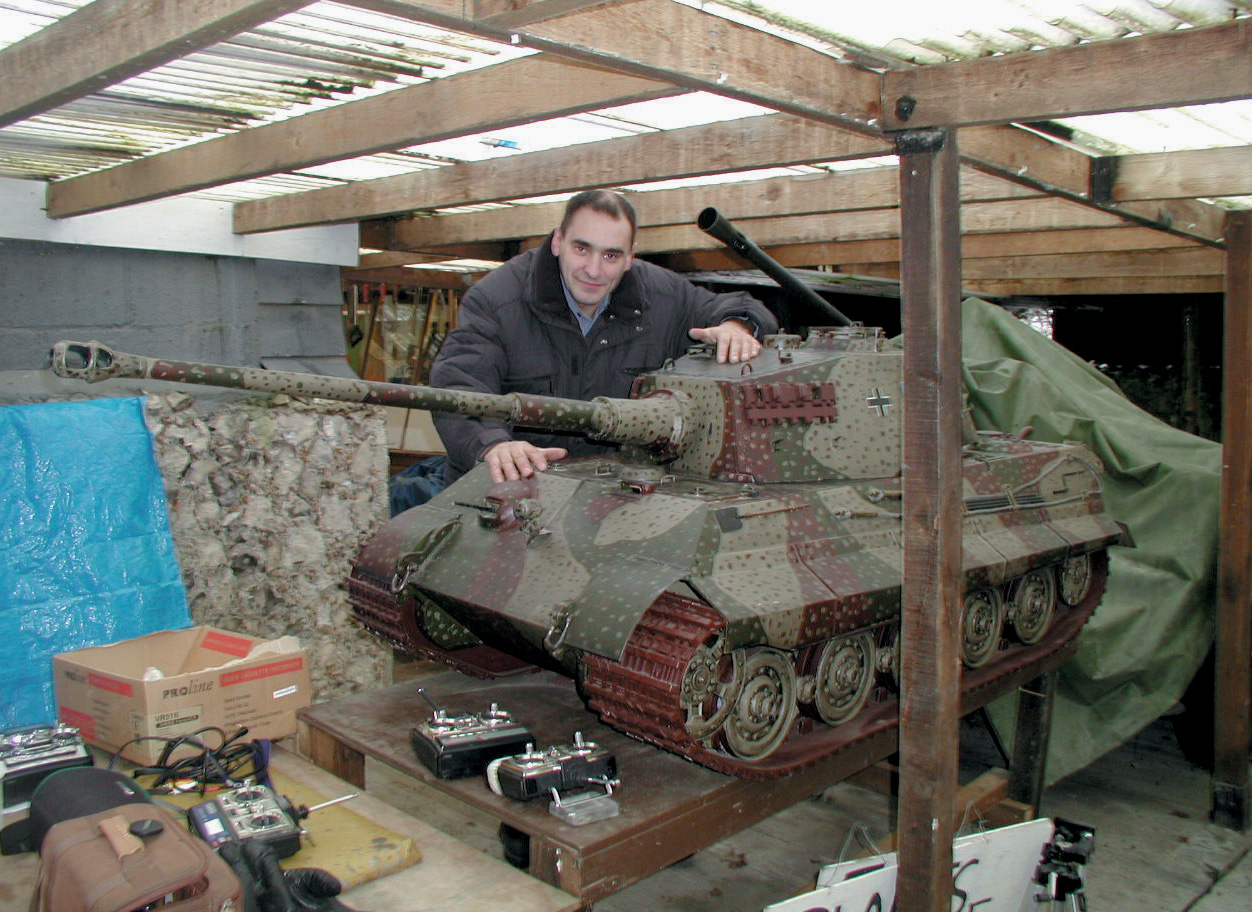
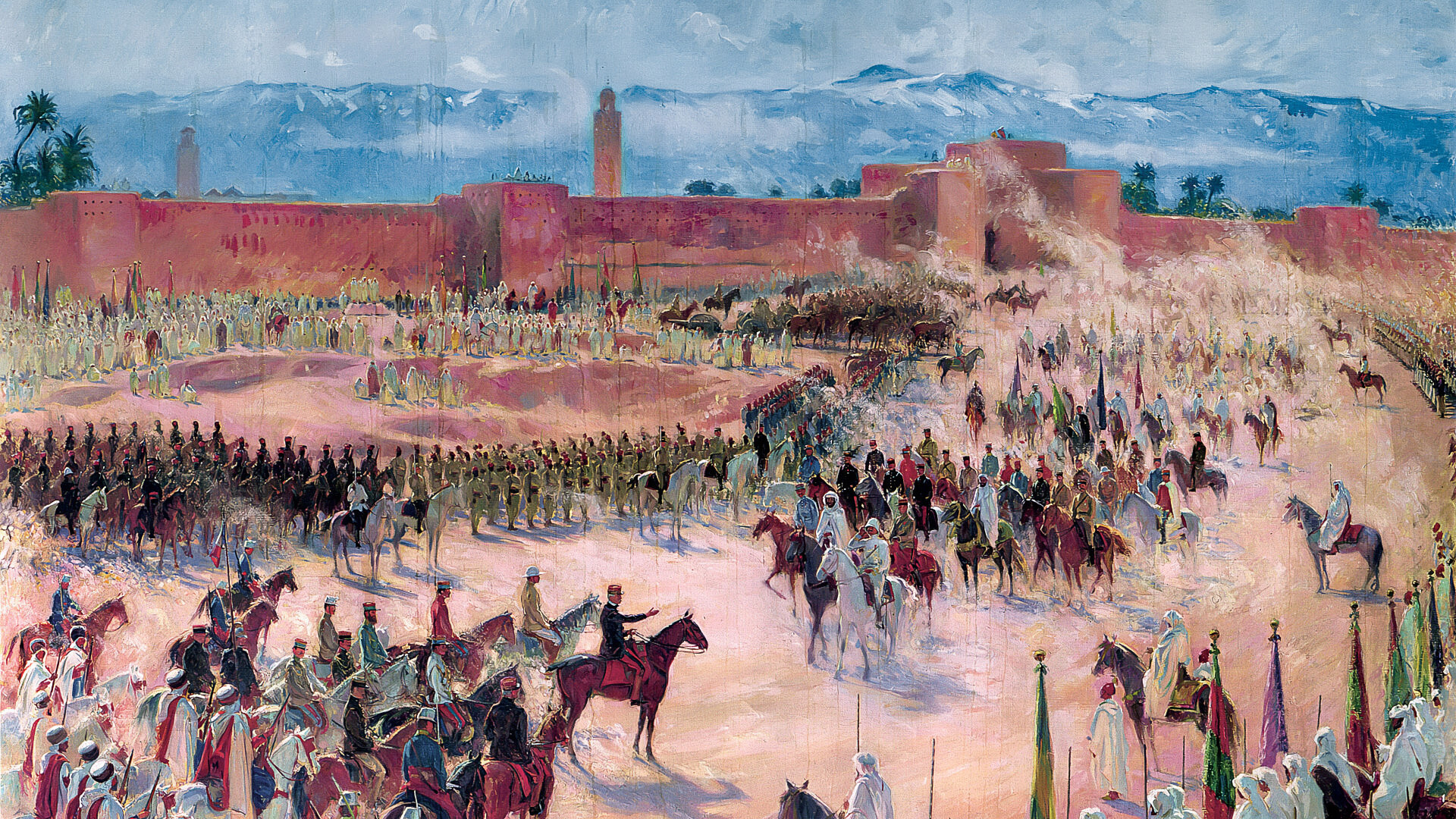
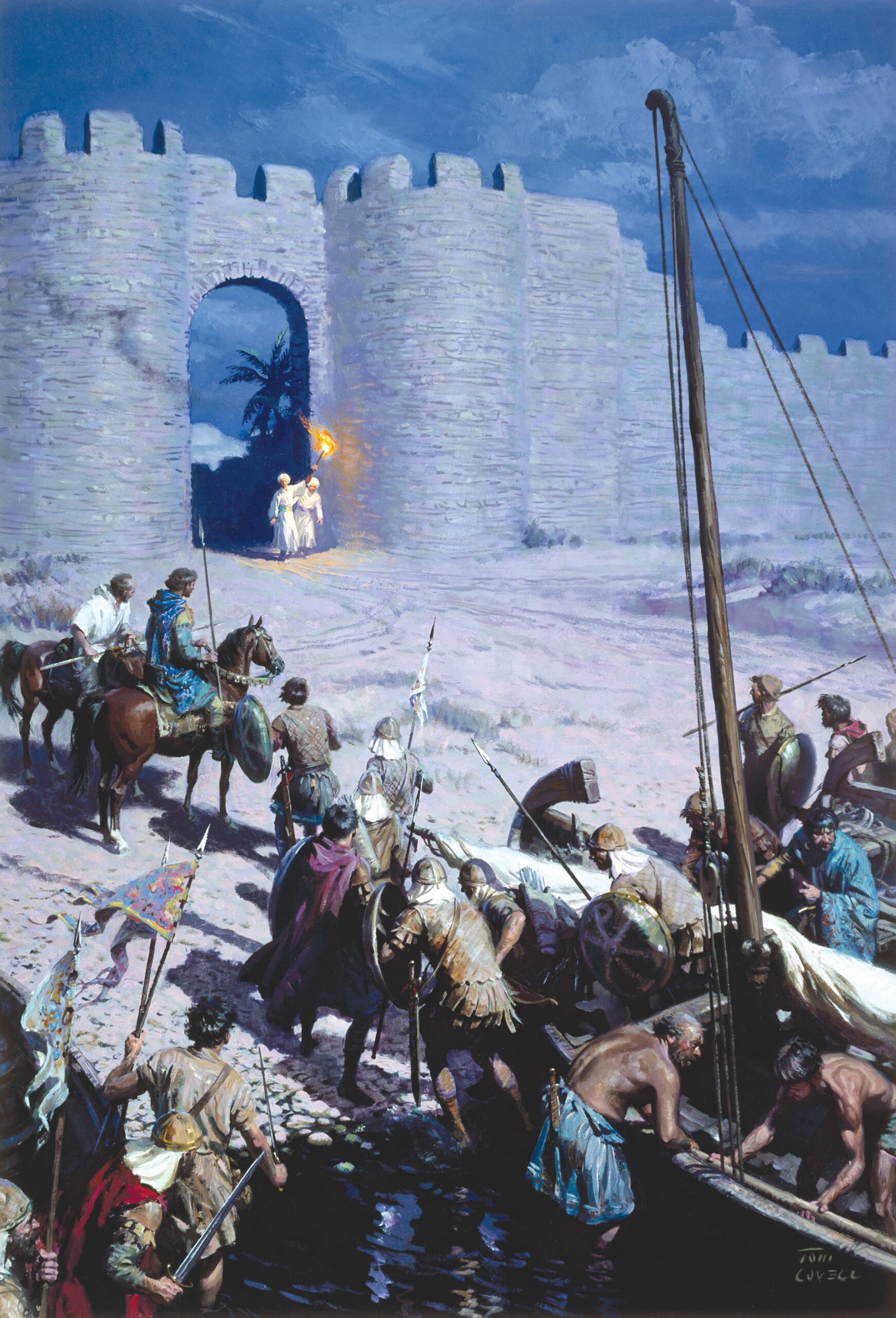
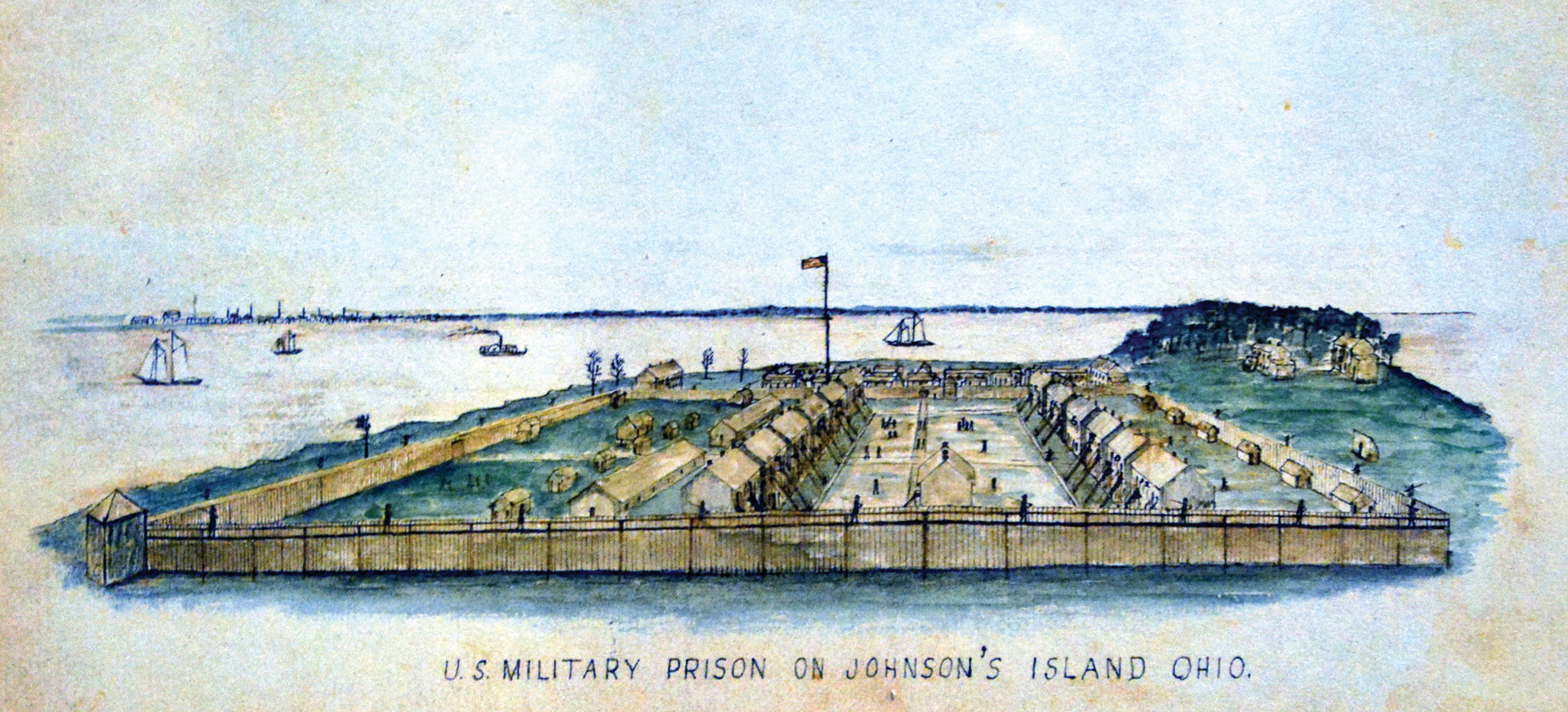
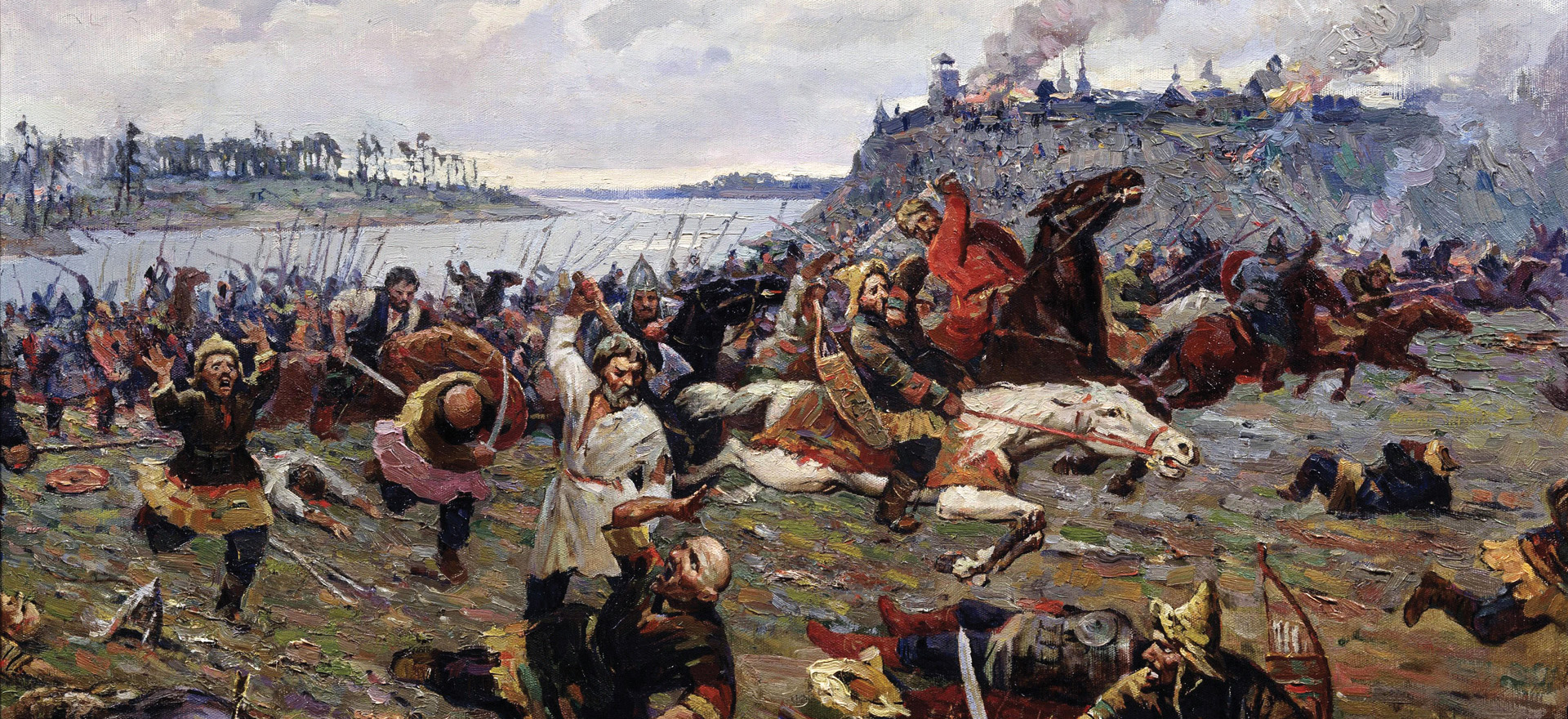
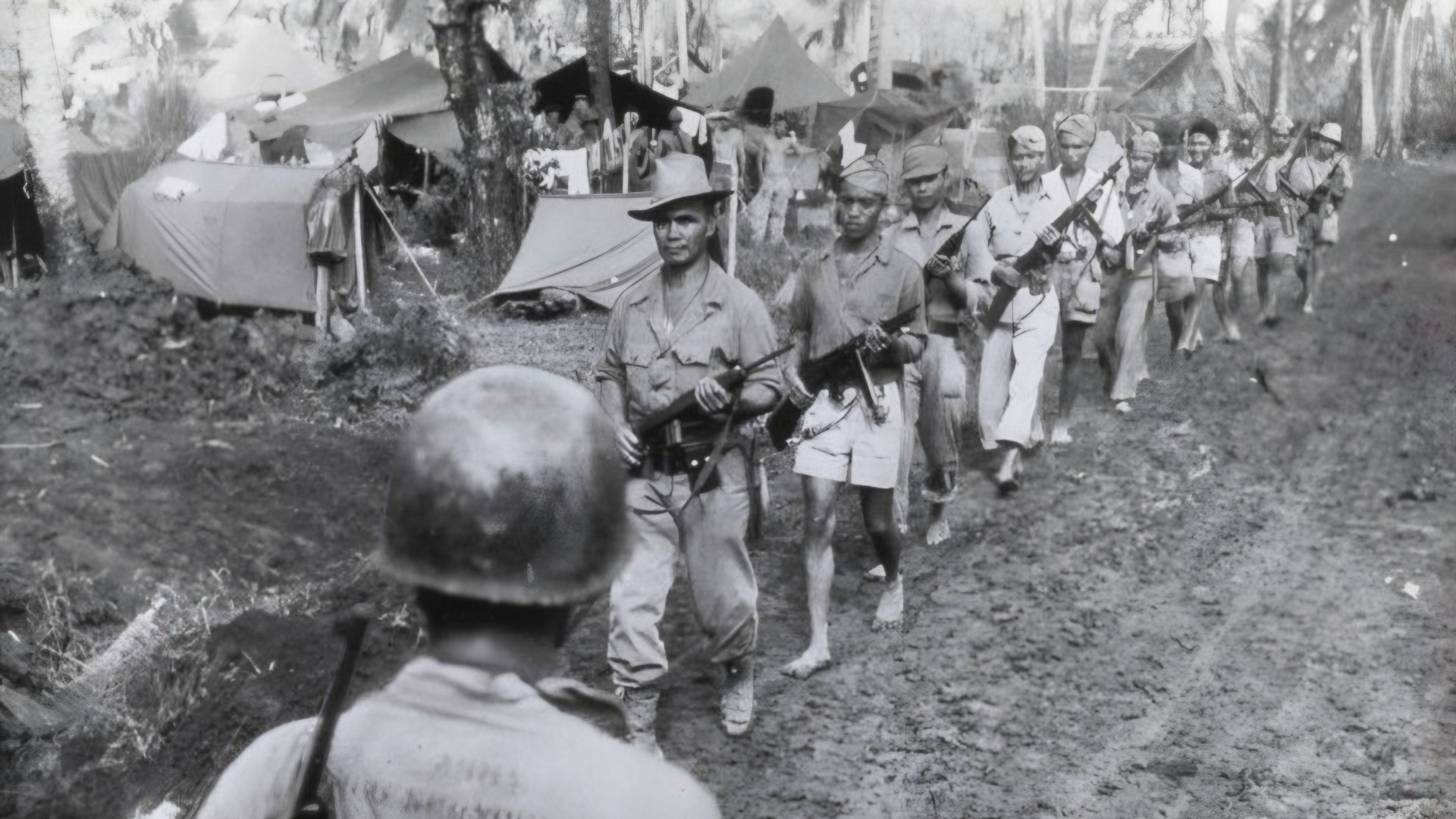
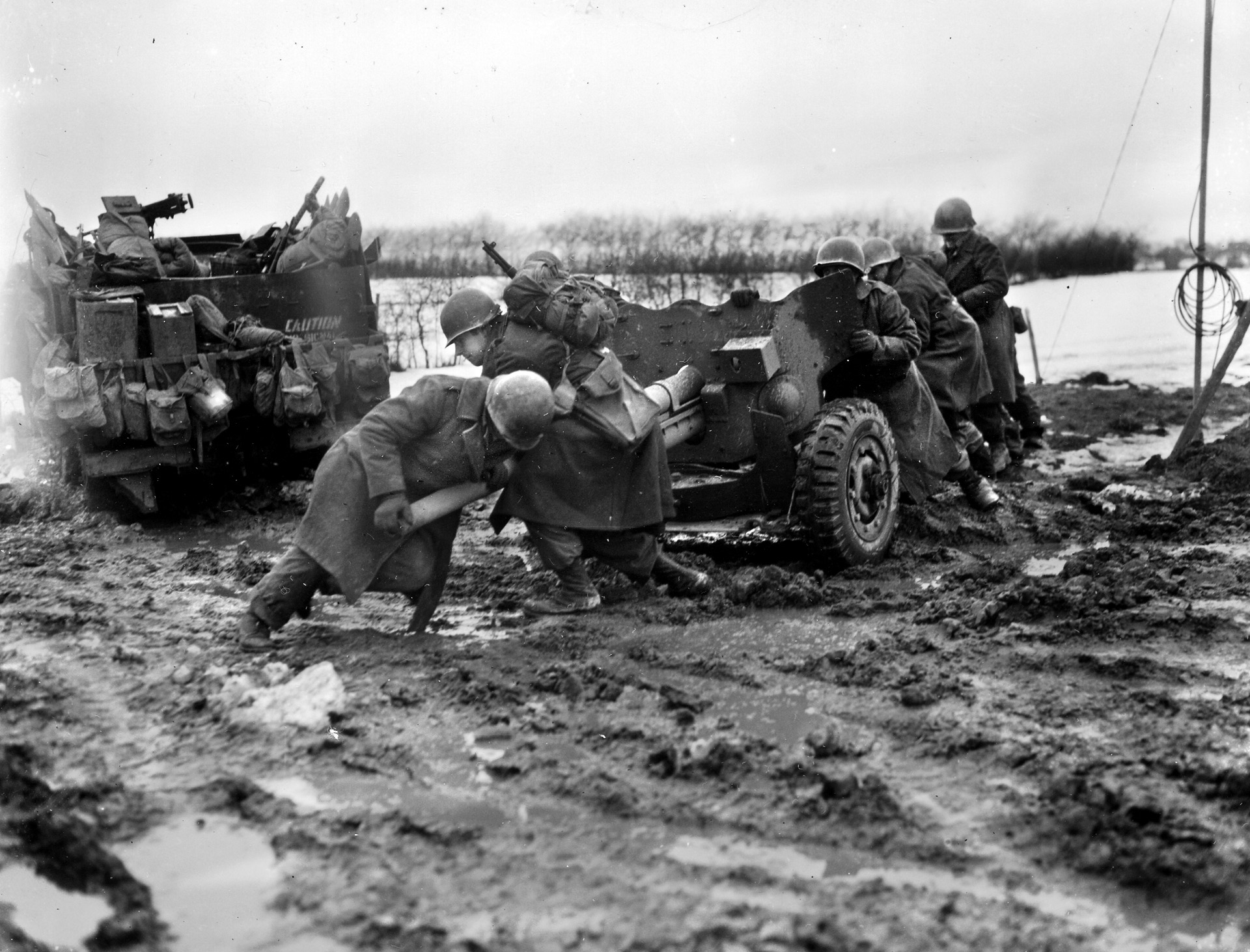
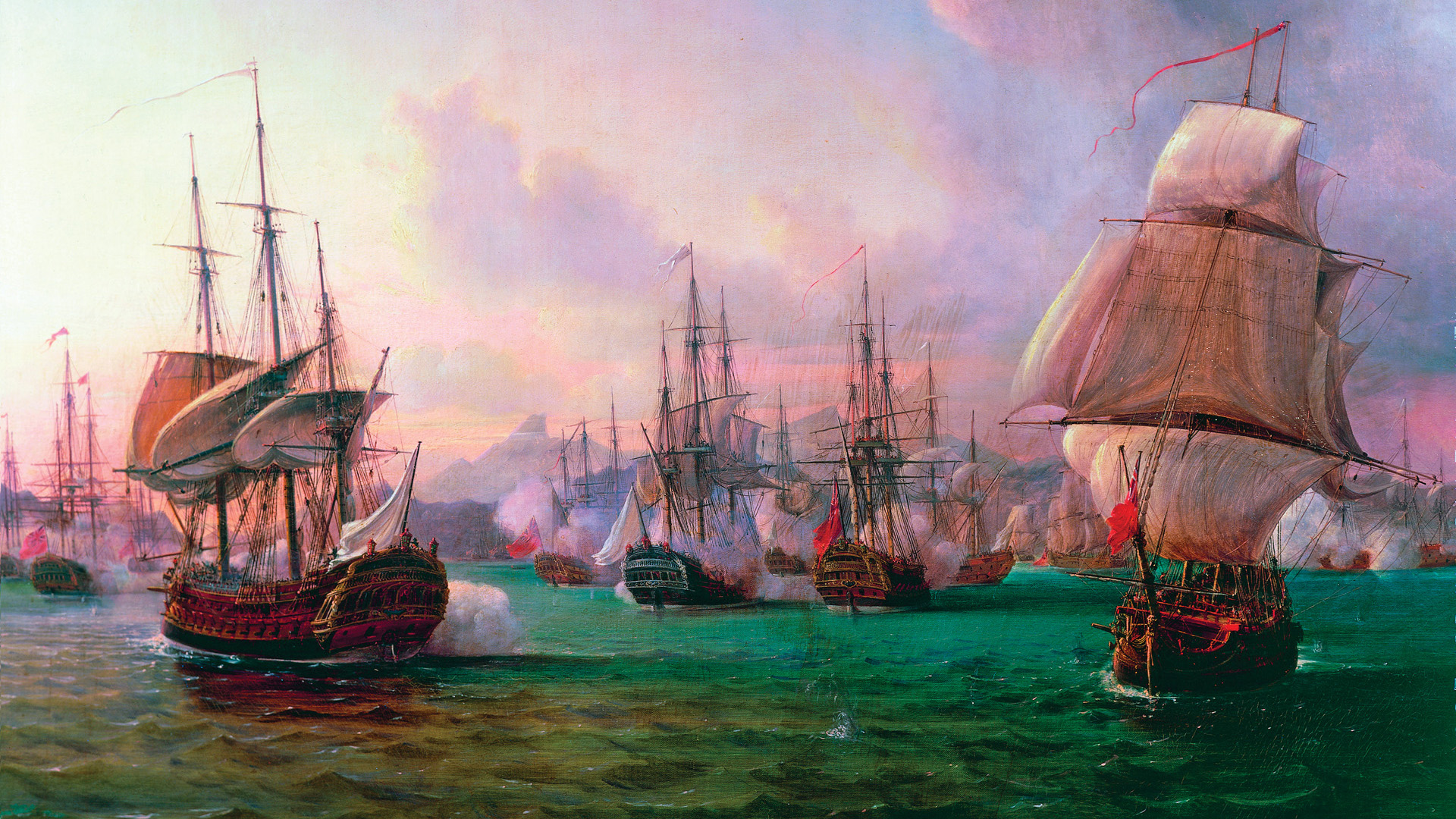
Nora word about 1:87 (HO scale)? No that’s just not fair! Oh, you are thinking model trains. That’s just a part of that world. I don’t have and don’t want a train layout. Big big bucks and a lifetime to build the thing. I build and detail buildings. I make dioramas just like military modelers do. I have a collection of 1/87 vehicles, both military and civilian. I have over 350 pieces. Some are plastic, some metal and some a combination.
What does 1/87 have to offer? Incredible variety in vehicles, buildings and building materials. Scenery supplies. I’m starting a multi building diorama. May end up 30” x 4 to 6ft. What’s the theme? Won’t be a battle field. Maybe I will spot a 1/87 VW Thing on it. Of course you know the prototype was the German WWII staff vehicle.
I’m going to model your run of the mill rural lake side community with its crazy jumbled homes. I will even have a BigBucks coffee station advertising “10% off Day old Coffee”. Just what you would expect from StarBucks. To each his own